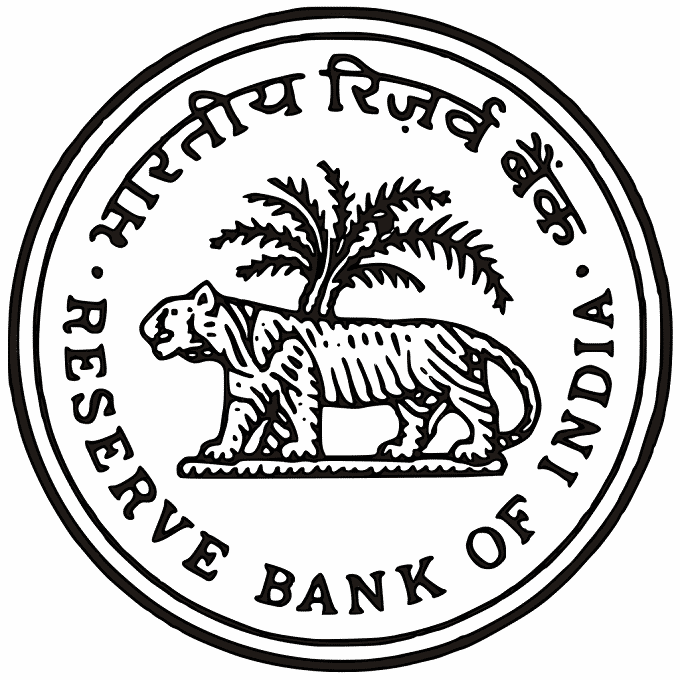On December 24, 2019, India’s central bank, the Reserve Bank of India (RBI) has released the report on “Trend and Progress of Banking in India 2018-19”, a publication in compliance with Section 36 (2) of the Banking Regulation Act, 1949, records the performance of the banking sector, including co-operative banks, and non-banking financial institutions during 2018-19 & 2019-20 till now. Highlights:
Highlights:
Gross NPAs of SCBs declined to 9.1 % in 2019 from 11.2 % in 2018
With the RBI tightening the recognition of stranded debt, the process is nearing completion & at the same time the gross NPA (non-performing assets) of the Scheduled Commercial Banks (SCBs) improved to 9.1% in March 2019 from 11.2% in March 2018.
Key Points:
i.Gross NPAs & Net NPAs for Public & Private sector banks: The report noted that the property quality of public sector banks (PSBs) has shown improvement, with a fall in gross NPA and net NPA ratio.
Gross NPAs: Gross NPAs of public sector banks improved to 11.6 % in 2018-19 from 14.6 % in 2017-18. while, the gross NPAs of private sector banks has increased from 4.7 % in 2017-18 to 5.3 % in 2018-19.
Net NPA: Net non-performing assets of all commercial banks declined to 3.7 % in 2018-19 as compared to 6 %in the previous fiscal.The net NPA of PSBs has decreased from 8 % to 4.8 % during this period. For private sector banks ,the net NPA was 2 % in 2018-19as against 2.4 % in 2017-18.
NPA:
A non performing asset (NPA) is a loan or advance for which the principal or interest payment remained overdue for a period of 90 days.
Recoveries of stressed assets:
Due to resolutions under the IBC (Insolvency and Bankruptcy Code, 2016), recovery of stressed assets (NPAs + Restructured loans + Written off assets) has shown improvement during 2018-19 that more than half of the total amount recovered.
Key Points:
i.In FY19, about Rs 8.15 trillion worth of stressed assets were involved in the recovery process, an increase of over 200 % from Rs 2.70 trillion in 2017-18.
ii.Even so,the recovery rates under major resolution mechanisms (except Lok Adalats) declined in 2018-19, specially through the SARFAESI(The Securitisation and Reconstruction of Financial Assets and Enforcement of Securities Interest Act, 2002) process.
SARFAESI act: It allows banks and other financial institution to auction residential or commercial properties of defaulter to recover loans.
Bank fraud rise 74% to Rs 71,543 cr in 2018-19
During the financial year (FY) 2017-18, there were 5916 cases were registered , out of which forgery accounts up to Rs 41,167.04 crore. It grew by 74% to reach 6801 cases of bank fraud in India worth of Rs 71,543 crore in 2018-19.
Key Points:
i.The highest number of fraud cases have been reported in public sector banks during the financial year 2018-19 (55.4 per cent of the number of cases reported and 90.2 per cent of the amount involved) due to lack of adequate internal processes, people and systems to tackle operational risks. This is followed by private sector and foreign sector banks.
Development of Green finance may face challenges such as ‘greenwashing’: RBI report
As per the report, the green finance development faces many challenges, such as “greenwashing” /false claims of environmental compliance, plurality of green loan definitions, and mismatches of maturity between long-term green investment & relatively short-term interests of investors.
So the report stressed to establish Policy action to promote green finance sector in India by raising awareness through coordinated efforts.
Cooperative banks’ assets nearly halve to 10.6% in FY19 from 19.4% FY 05
As per the report the combined assets of cooperative banks have nearly halved to 10.6 % of the assets of commercial banks in Fiscal year –FY19 from 19.4 % in FY05 due to large numbers of cooperatives has ceased to exist / gone bankrupt.
Key Points:
i.Due to their larger presence, urban cooperatives (1,544) account for just only 3.6 % of the total assets of commercial banks.while, 96,248 rural co-operative banks in India accounted for 64.7 %of the total assets of the co-operative sector.
ii.Recently in September 2019, the Reserve Bank has prohibited Punjab and Maharashtra Co-operative Bank Limited (PMC) operations & also appointed Jai Bhagwan Bhoria as an administrator to find out the alleged financial irregularities.
About 73 % of its assets at Rs 6,500 crore of Rs 11,800 crore that was given to the HDIL (Housing Development and Infrastructure Ltd ) group that in turn resulted into NPA.
Lending to NBFCs by Banks decreased on defaults, rate cuts
As per the report, the lending of banks to NBFCs (Non –banking financial companies) in Financial year –FY 20 (or 2019 up to September) decreased due to defaults and rating downgrades of a popular HFC (Home Finance Company) and NBFC.
However, share of bank borrowings out of total borrowings of NBFCs-ND-SI (Systemically important non-deposit taking -non-banking financial company) increased to 26.9 % at
end-September 2019 from 24.7 % in 2018.
Need for Independent audit system for co-operative banks
The report stressed to form an independent and efficacious audit system to ensure better health of co-operative banks, which lacks of prudent internal control mechanisms & surveillance systems.
Performance of banks monitored by RBI under PCA
At present, there are 6 banks -4 PSBs (Public sector bank) & 2 Private Sector banks (PVBs) under the PCA(Prompt Corrective Action) framework. The performance of these banks, and the other (5 PSBs and 1 PVB) those banks, which have been taken out of the PCA framework, are being continuously monitored by the RBI .
Merger of banks may transform the face of banking
A number of panels have recommended consolidation of PSBs, given underlying benefits synergies. In order to create the next generation banks with strong national and global presence, the central government proposed an amalgamation of 10 PSBs to form 4 merged entities, after the amalgamation of Vijaya Bank and Dena Bank with Bank of Baroda (BoB).
About RBI:
Headquarters– Maharashtra
Established– 1 April 1935
Governor– Shaktikanta Das
Deputy Governors– 4 (BP Kanungo, N S Vishwanathan, and Mahesh Kumar Jain, 1 is yet to be appointed)





